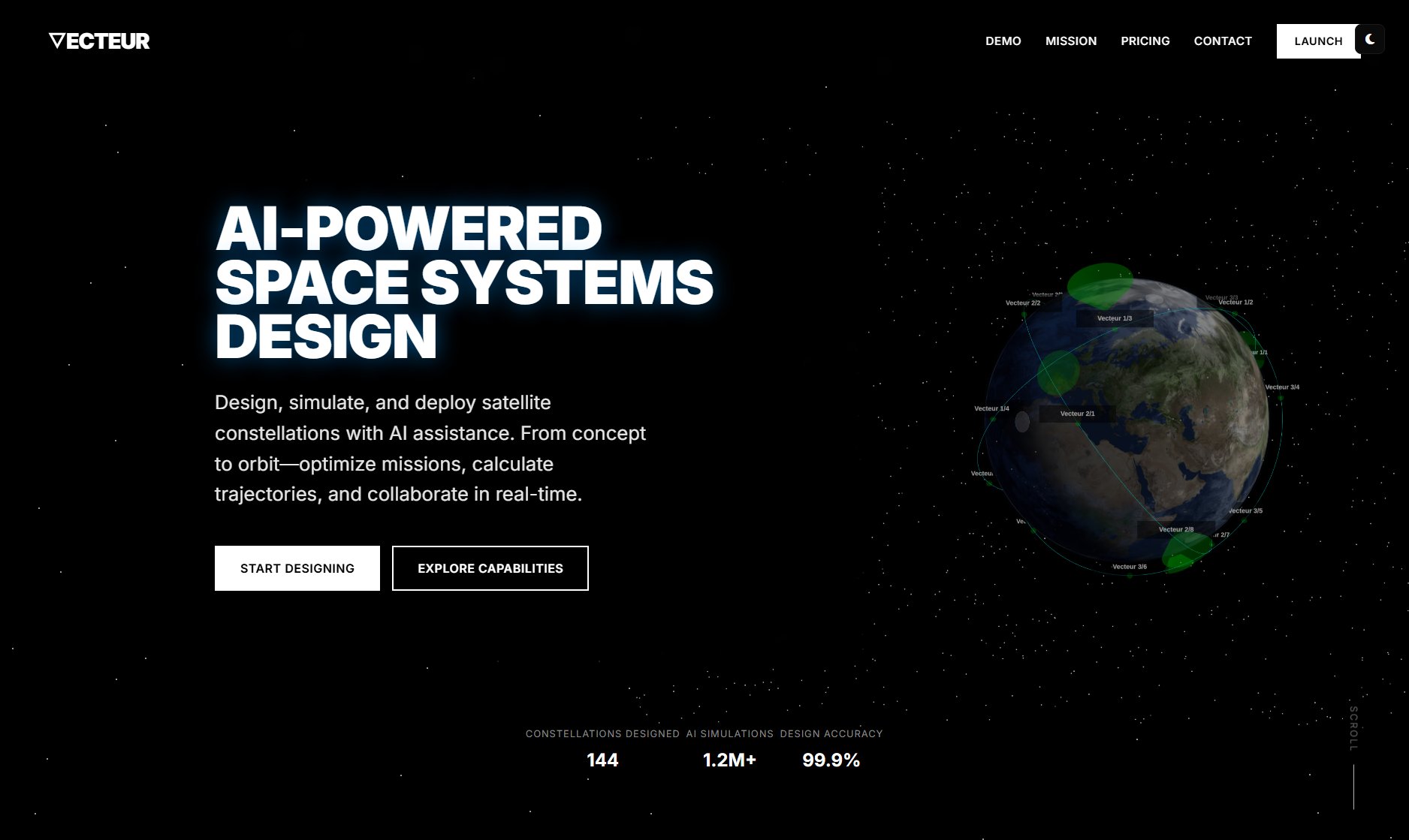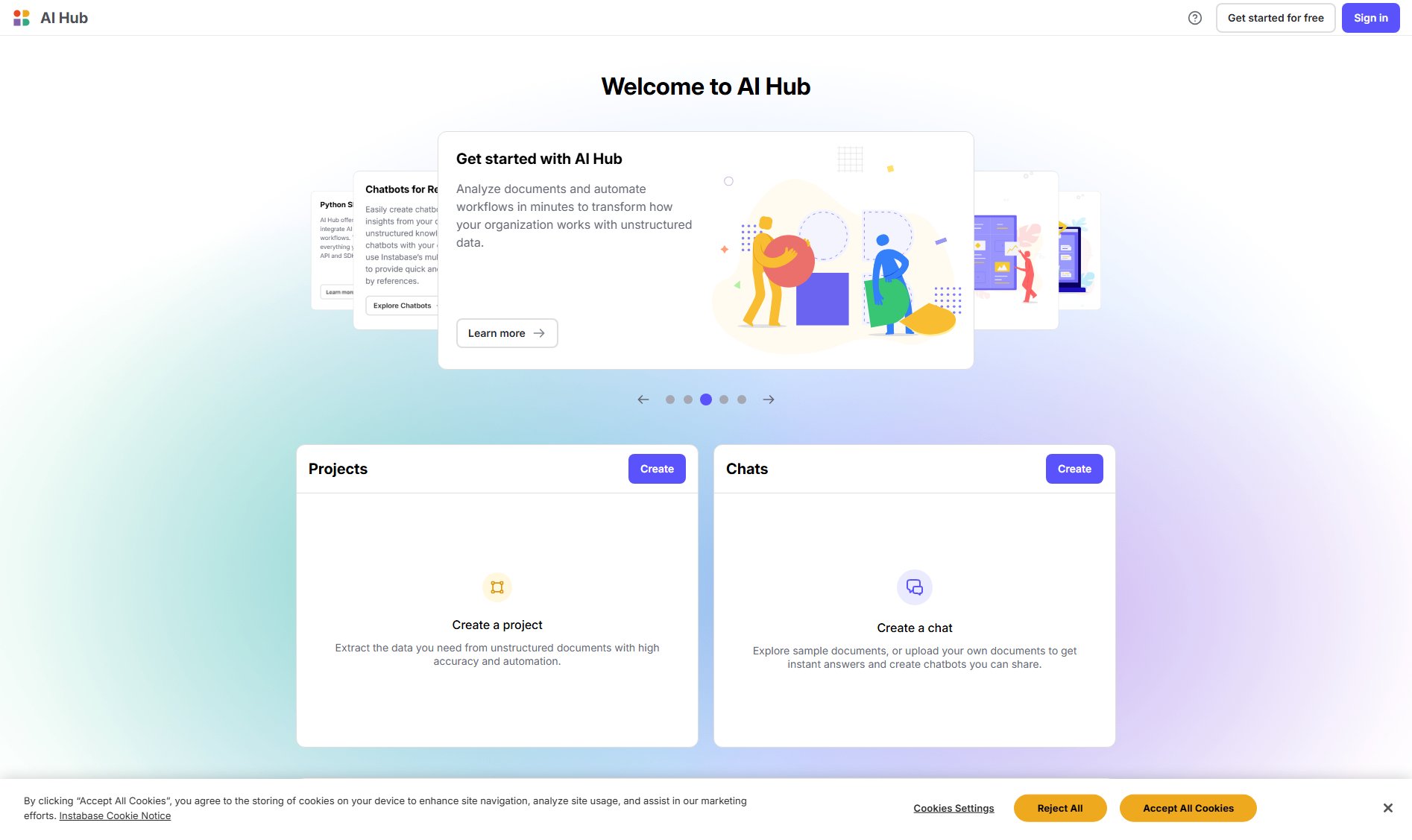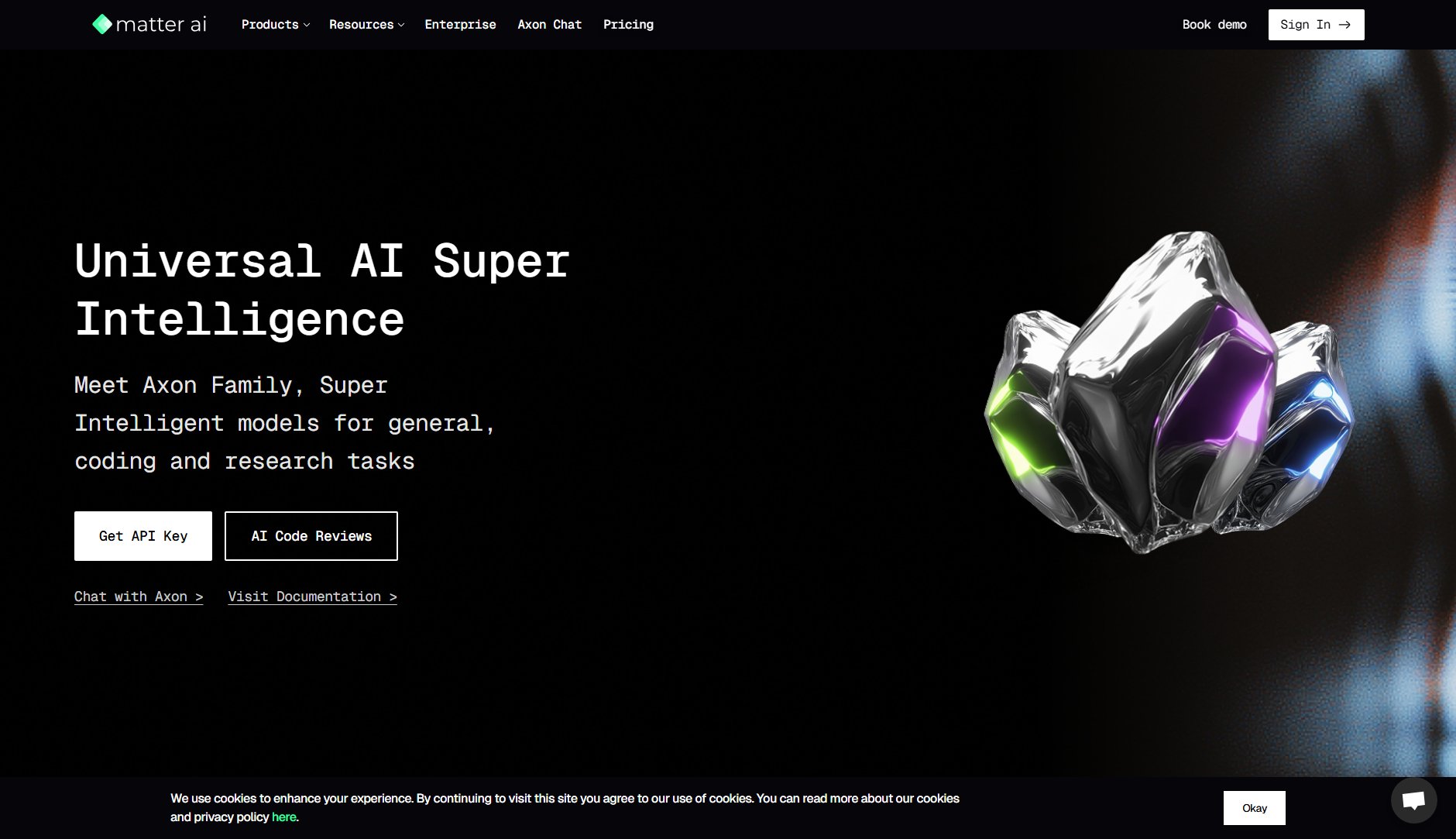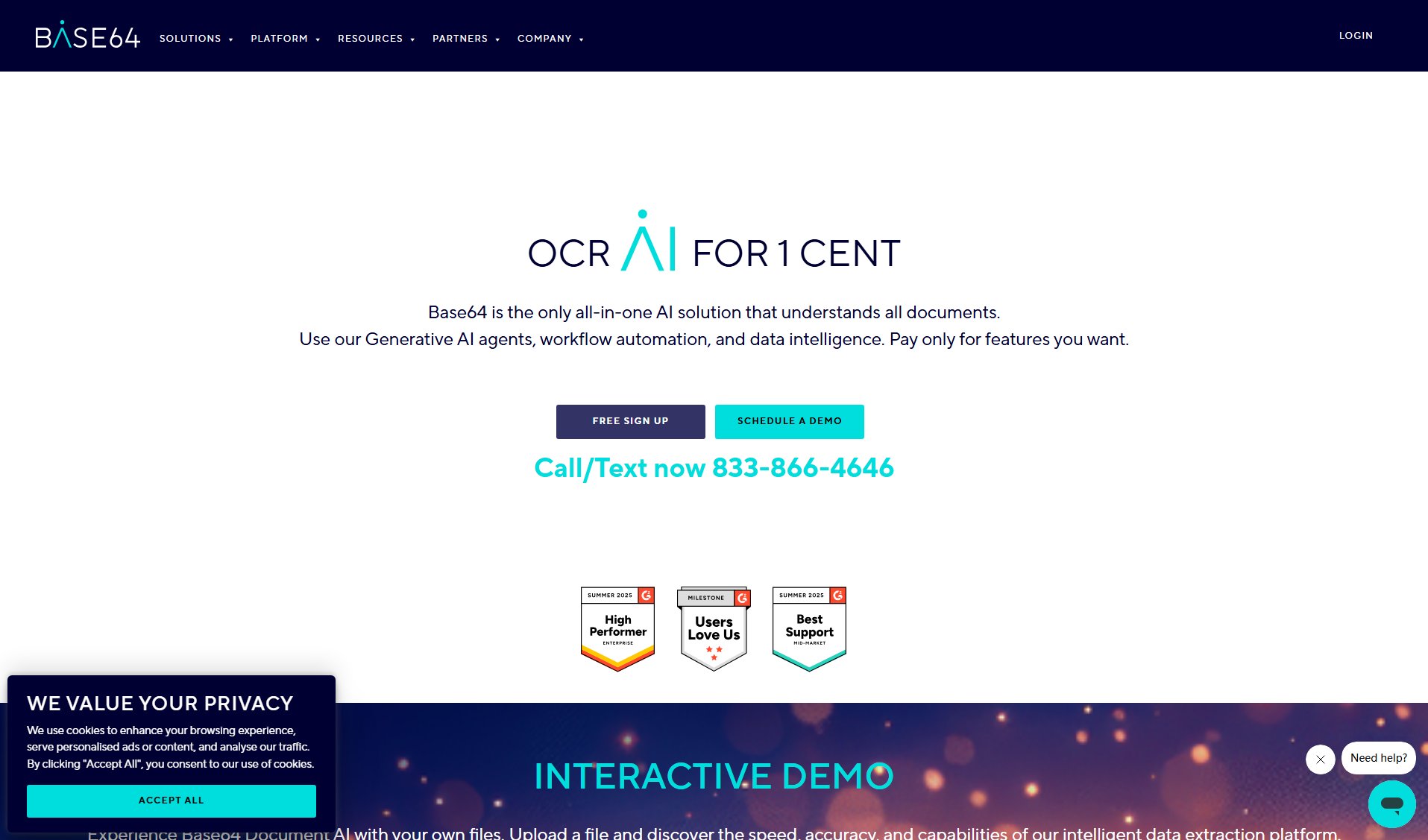Vecteur
AI-driven tools for space systems engineering
What is Vecteur? Complete Overview
Vecteur is an advanced AI-driven platform designed to power the entire space value chain, from Earth observation to telecommunications and space domain awareness. It provides cutting-edge tools for space systems engineering, enabling users to design, optimize, and monitor space missions with unparalleled precision. The platform is tailored for professionals and enterprises in the aerospace and defense sectors, offering solutions for tactical intelligence, strategic reconnaissance, mega-constellation architecture, and space domain awareness. With features like AI design assistants, physics-validated orbital mechanics, and real-time 3D visualization, Vecteur ensures mission-critical accuracy and efficiency.
Vecteur Interface & Screenshots

Vecteur Official screenshot of the tool interface
What Can Vecteur Do? Key Features
AI Design Assistant
A self-improving AI equipped with over 40 tools for autonomous mission design. It learns from every interaction, explores design spaces autonomously, and generates full mission analyses with physics-validated constraints. This feature ensures that users can design complex space systems with minimal manual intervention.
Physics Engine
A robust physics engine that validates orbital mechanics with less than 2% error compared to real missions. It supports SGP4/SDP4 propagation, coverage and constellation optimization, and has been validated against missions like Sentinel-2 and Pleiades Neo. This ensures mission-critical accuracy in all simulations.
3D Visualization
Real-time visualization of over 1,000 satellites with orbital tracking. The interactive globe includes a timeline, variable playback speed, and multiple viewing modes (free view, Earth-fixed, satellite tracking). Day/night rendering enhances the user experience, making it easier to monitor and analyze space missions.
Integration Platform
An AI integration hub that supports real-time streaming and workspace isolation. It routes to specialized AI engines, offers WebSocket streaming, and provides isolated workspaces per project. Automatic result export ensures seamless integration with other tools and workflows.
Earth Observation
Design defense-grade imaging systems with 30cm native resolution and 15x daily revisit. AI-enhanced targeting and validated against operational ISR missions, this feature is ideal for tactical intelligence and strategic reconnaissance. It supports high-resolution intelligence for Earth observation.
Telecommunications
Design Starlink-scale networks with 8,000+ satellites and direct-to-device capabilities. AI optimizes orbital shells, inter-satellite links, and ground station networks for 300 Mbps broadband with 15ms latency. Validated against operational mega-constellations, this feature ensures robust telecommunications solutions.
Space Awareness
AI-powered tracking for 35,000+ orbital objects with precision. Multi-sensor fusion across 204 global stations enables conjunction prediction and debris field analysis. Monitor congestion hotspots with <10cm detection capability, providing essential space domain awareness.
Best Vecteur Use Cases & Applications
Defense-Grade Imaging Systems
Military and defense agencies can use Vecteur to design high-resolution imaging systems with 30cm resolution and 15x daily revisit. The AI-enhanced targeting ensures tactical intelligence and strategic reconnaissance capabilities, validated against operational ISR missions.
Mega-Constellation Design
Telecom companies can design and optimize mega-constellations with 8,000+ satellites, ensuring 300 Mbps broadband and 15ms latency. The AI optimizes orbital shells and inter-satellite links, reducing costs and improving performance.
Space Debris Monitoring
Space agencies and private companies can track 35,000+ orbital objects with precision, predicting conjunctions and analyzing debris fields. This ensures safer space operations and mitigates collision risks.
How to Use Vecteur: Step-by-Step Guide
Sign up on the Vecteur platform and select your area of interest (Earth Observation, Telecommunications, or Space Awareness).
Use the AI Design Assistant to define your mission parameters and constraints. The AI will suggest optimal designs based on your inputs.
Leverage the Physics Engine to validate your mission design, ensuring all orbital mechanics and constraints are accurately simulated.
Visualize your mission in 3D, adjusting parameters as needed to optimize performance and coverage.
Export your mission analysis and share it with your team or integrate it into your existing workflows using the Integration Platform.
Vecteur Pros and Cons: Honest Review
Pros
Considerations
Is Vecteur Worth It? FAQ & Reviews
The Earth Observation feature offers 30cm native resolution, enabling high-resolution intelligence for tactical and strategic applications.
The Telecommunications feature can design networks with 8,000+ satellites, optimized for 300 Mbps broadband and 15ms latency.
The Space Awareness feature can detect objects with <10cm precision, tracking 35,000+ orbital objects across 204 global sensors.
Yes, Vecteur offers a free plan with basic features, including limited access to the AI Design Assistant and Physics Engine.
The Physics Engine has been validated against real missions and maintains less than 2% error in orbital mechanics simulations.








